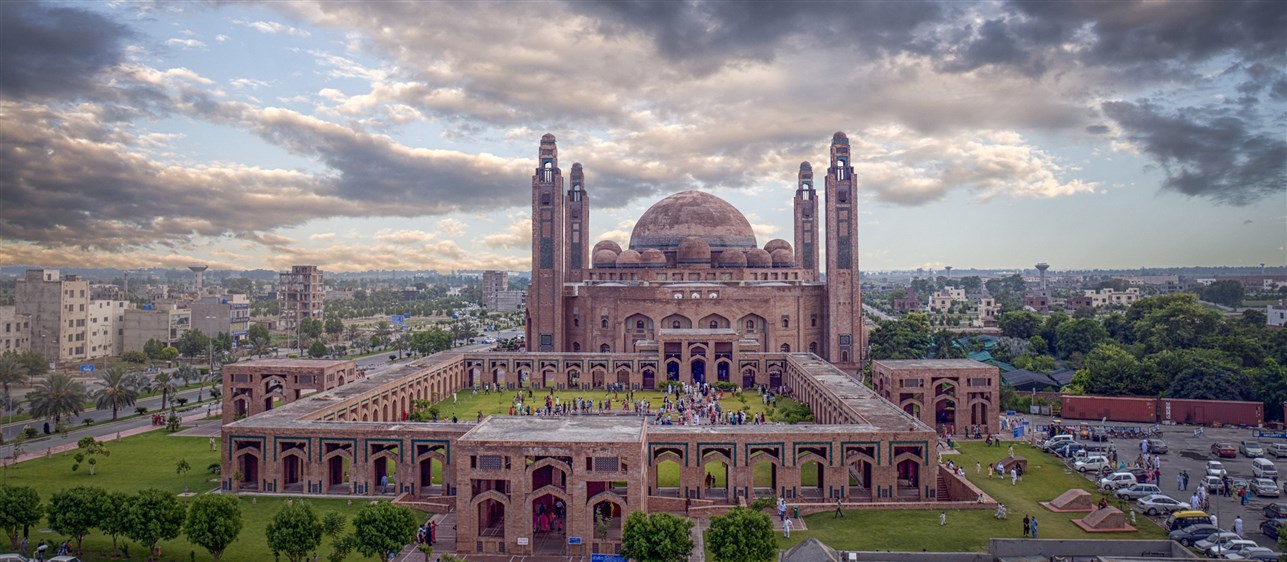
The Government of Punjab’s Lahore Development Authority has chosen and commissioned Dar to prepare the 2050 Master Plan for the Lahore Division.
The vibrant and dynamic capital of the Punjab Province, Lahore is Pakistan’s second largest city and a major growth centre experiencing rapid urbanisation and social transformation.
The Master Plan 2050 will seek to monitor, manage, and direct these changes sustainably and equitably. Covering an expansive area of 12,777 km2, the Master Plan will guide the development of the Lahore Region, comprising the Lahore, Sheikhupura, Nankana, and Kasur Districts.
Dar will lead the preparation of the Lahore Regional Plan 2050 as well as define Urban Master Plans for 49 urban centres and settlements. Key features will include a regional economic development plan; a regional land-use plan; and strategic short-, medium-, and long-term projects and sectoral plans.
HIGHLIGHTS
- Lahore Regional Plan 2050
- 12,700+ km2 in study area
- 12,000,000+ people
- 1,000+ years of heritage
- Detailed Urban Master Plans for 49 urban centres and settlements
- Targeting Zero in carbon footprint
- Targeting 100% recycling
Informed by broader development frameworks such as the United Nations’ Sustainable Development Goals, the plan will include strategies and action plans for economic and infrastructure development, balanced urbanisation, water supply, solid waste and wastewater management, and urban and rural transport.
On a regional level, the master plan will also cover the area’s key economic sectors (including but not limited to agriculture, industry, markets, mines and minerals, and tourism) and explore connections to all regional infrastructure (railways, airways, communication infrastructure, solid waste disposal sites, etc.).
Most importantly, the master plan will be sensitive to Lahore’s rich cultural diversity and will provide for social, cultural, and economic connectivity.
The goals and objectives of the plan will include:
- Safeguarding and enhancing the environment by restoring ecosystems, protecting biodiversity, developing parks and horticulture, conserving environmental zones, adapting to climate change, etc.
- Encouraging sustainability by reducing carbon footprint to zero, boosting recycling to nearly 100%, and ensuring that the extraction of resources does not exceed their rates of renewal and regeneration.
- Preserving heritage by protecting the culture of all individual settlements; reviving traditions, festivities, and tourism-support infrastructure; protecting and conserving natural monuments, non-material monuments, and artefacts; and prioritising folk-centric planning.
- Driving the economy by offering improved and reliable transport and communication infrastructure, diversifying the economy, developing an export-based economy, and harnessing local economic development opportunities.
- Promoting inclusiveness by ensuring that participatory planning and representative governance guide the master planning process.
Drawing on lessons learned from previous planning experiences, Dar will focus on working with local partners to conduct extensive stakeholder engagement and guarantee effective public participation in the formulation of the Lahore Master Plan. Therefore, within its work on the project, Dar will coordinate and consult with citizens, academics and students, builders, developers, elected representatives, professionals, civil society, and various others to collect and incorporate input.
The master plan will also be disseminated to the public through various channels, including but not limited to open sessions and workshops and electronic, print, and social media. The ultimate goal will be to create a master plan that is implementable, that enjoys wide support and significant buy-in, and that is representative of the hopes and aspirations of the people.
